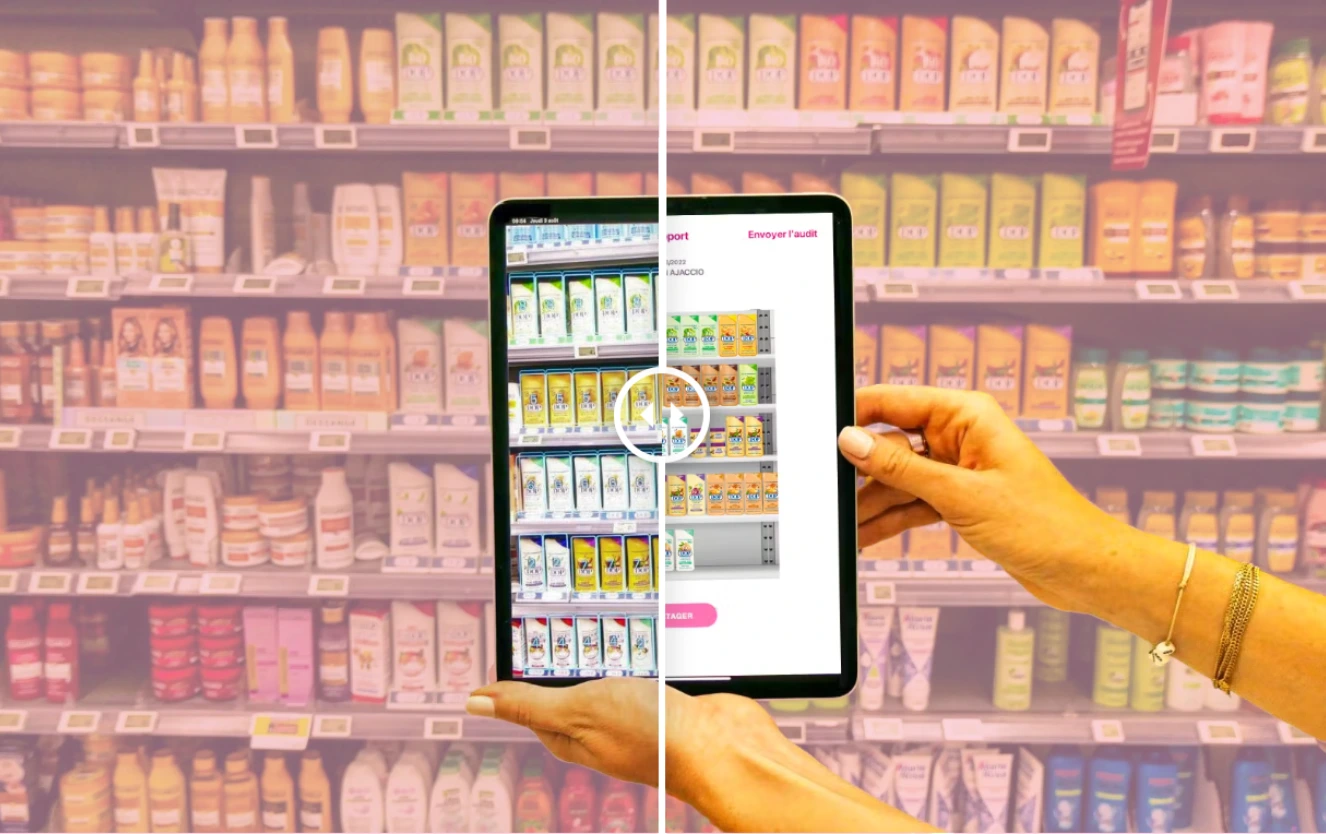Digital Revolution: How Smart Planograms Are Transforming Retail

In the retail sector, optimizing sales space is crucial to maximizing sales and enhancing the customer experience. This is where planograms come in, strategic tools that define the layout of products on shelves. However, with the advent of digital technologies, traditional planograms are evolving towards more intelligent and dynamic solutions.
The rise of intelligent planograms
Intelligent planograms use advanced technologies such as artificial intelligence (AI) and data analysis to optimize product layout in real time. These tools don’t just define a static layout; they adapt to buying behavior and market trends to deliver a more personalized and efficient retail experience.
AI and machine learning for planograms
The integration of AI and machine learning enables planograms to become more predictive. By analyzing historical sales data and customer preferences, these systems can anticipate needs and adjust product layouts accordingly. For example, during busy periods, an intelligent planogram can suggest placing fast-moving products in more accessible areas to avoid stock-outs.
Augmented reality for enhanced compliance
Augmented reality (AR) is another innovation revolutionizing the use of planograms. Thanks to AR, store managers can superimpose a virtual view of the ideal planogram on the current state of the shelves. This technology enables deviations to be quickly identified and corrected, ensuring optimum compliance. AR also facilitates employee training by providing an interactive visualization of merchandising best practices.
Automation and operational efficiency
Intelligent planograms automate many manual tasks, freeing up time for store teams. For example, automated systems can generate compliance reports, identify out-of-stock products and even suggest replenishments. This automation improves operational efficiency and allows employees to concentrate on higher value-added tasks, such as customer service.
Benefits for retailers and customers
For retailers, the use of intelligent planograms means increased sales and reduced operational costs. Customers, meanwhile, benefit from an improved shopping experience, with products always available and easily accessible. This increased satisfaction translates into stronger customer loyalty and positive word-of-mouth.
Conclusion
Intelligent planograms represent the future of retail merchandising. By taking advantage of digital technologies, retailers can optimize their sales space, enhance the customer experience and increase revenues. In a constantly evolving sector, the adoption of these innovative tools is essential to remain competitive and meet the expectations of modern consumers.